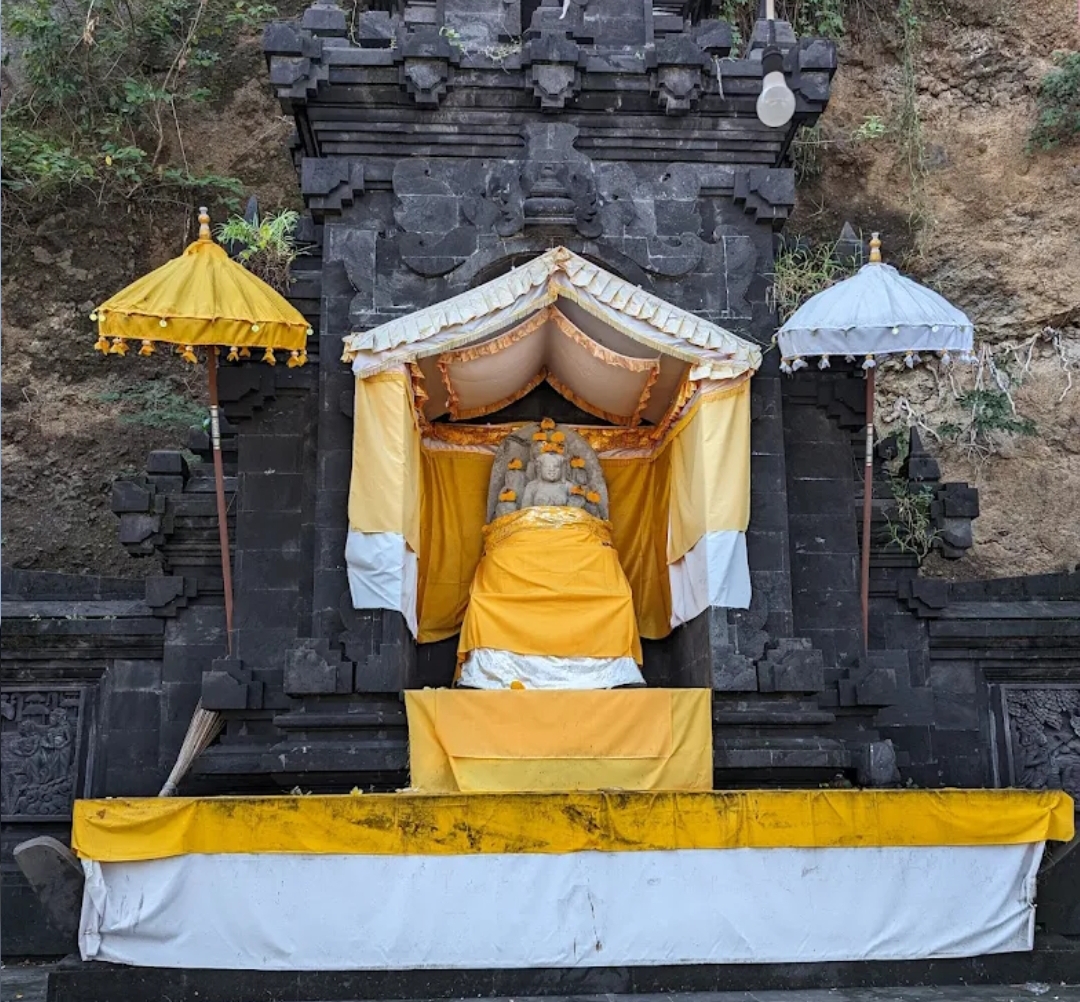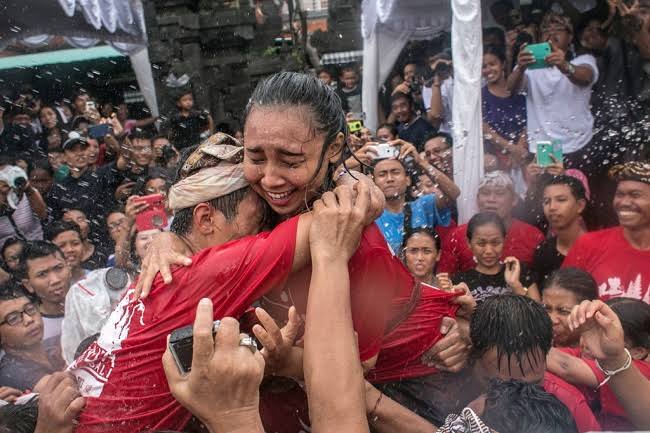Tari Baris, often referred to as the Balinese war dance, is one of the most iconic and culturally significant traditional dances of Bali.
With its powerful movements, elaborate costumes, and deep spiritual roots, Tari Baris offers a vivid portrayal of a young warrior preparing for battle.
This ancient performance is more than just a dance—it’s a living expression of Bali’s cultural and religious identity.
What Is Baris Dance?
The word baris in Balinese and Indonesian means “line” or “row,” symbolizing the formation of warriors.
Tari Baris illustrates the emotions of a brave soldier, highlighting courage, discipline, and loyalty to his kingdom.
Accompanied by dynamic gamelan music, this dance celebrates the heroism and determination of Balinese warriors before going into combat.
Tari Baris is traditionally performed by men, and its expressive choreography showcases bold stances, piercing glances, and strong footwork.
These elements combine to convey not only physical strength but also spiritual readiness.
The Origins of Tari Baris
The roots of Tari Baris date back to the 16th century. Historical texts such as the Kidung Sunda—a literary work from around 1550 AD—mention similar performances during royal cremation ceremonies in East Java.
From this, scholars believe that Tari Baris was originally a sacred ritual dance performed as part of religious offerings and temple ceremonies.
Another source, Usana Bali, records how after the defeat of the tyrannical king Mayadenawa, a holy celebration was held with performances including Tari Baris, Tari Rejang, and gamelan music.
Since then, both Tari Baris and other sacred dances have been performed in Balinese temples during religious events.
Types of Tari Baris
Over time, various styles of Tari Baris have emerged across Bali. Each variant has its own distinctive costume, choreography, and spiritual context:
1. Baris Gede
This is the most sacred version of Tari Baris, performed during temple ceremonies. Danced by a group of 8 to 40 men, Baris Gede involves the use of ceremonial weapons and religious artifacts. Each region may have its own interpretation, with differences in costume color, accessories, and movement style.
2. Baris Tunggal
Unlike the group-based Baris Gede, Baris Tunggal is performed by one or two dancers. This solo version highlights the strength, confidence, and bravery of a Balinese warrior. It features more vibrant costumes and highly expressive movements, making it a favorite for cultural performances outside of religious contexts.
3. Baris China
Influenced by Chinese cultural elements, Baris China features unique costumes like long pants and tunics, along with slower, flowing movements. This version is typically performed during Yadnya ceremonies, showing the multicultural influences within Balinese art.
4. Baris Ketekok Jago
This variation is performed by a group of male dancers dressed in black-and-white clothing, symbolizing spiritual duality. The dancers carry spears adorned with black-and-white bands, emphasizing ceremonial themes of balance and protection.
5. Baris Pendet
Specific to the village of Tanjung Bungkak, Baris Pendet involves offerings and floral arrangements known as canang oyod. It is performed every six months during the temple festival (odalan) at Pura Dalem Tanjung Bungkak. This variant blends dance with ritual prayer and symbolizes devotion to the gods.
Cultural and Religious Importance
Tari Baris is more than just entertainment—it is a spiritual act deeply tied to Balinese Hindu beliefs.
Many performances are dedicated to temple deities and are part of purification and blessing rituals.
For Balinese communities, participating in or watching Tari Baris is a way to connect with their ancestors, gods, and cultural heritage.
Where to See Tari Baris in Bali
Travelers interested in witnessing Tari Baris can visit various temples during local ceremonies, especially in Ubud, Gianyar, and Karangasem.
Cultural performances at tourist venues and festivals may also feature Baris Tunggal as part of a showcase of Balinese arts.
Tari Baris is a captivating reflection of Bali’s deep respect for bravery, spirituality, and tradition.
Whether you see it in a temple courtyard or a cultural show, this ancient war dance remains one of the most powerful ways to experience the heart of Balinese heritage. (BT)





